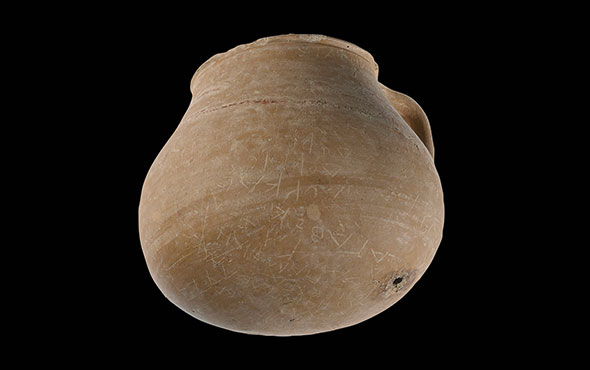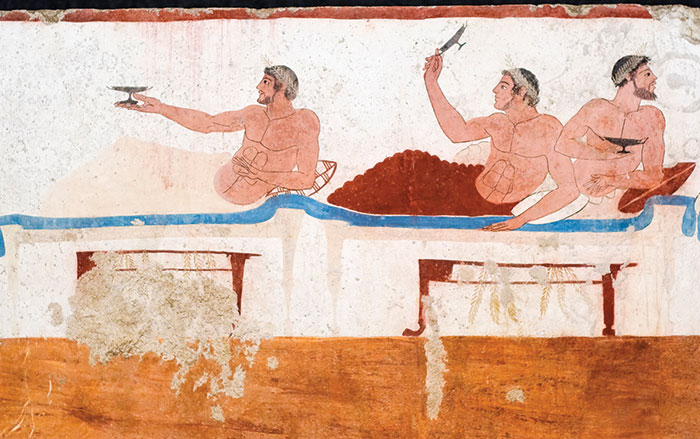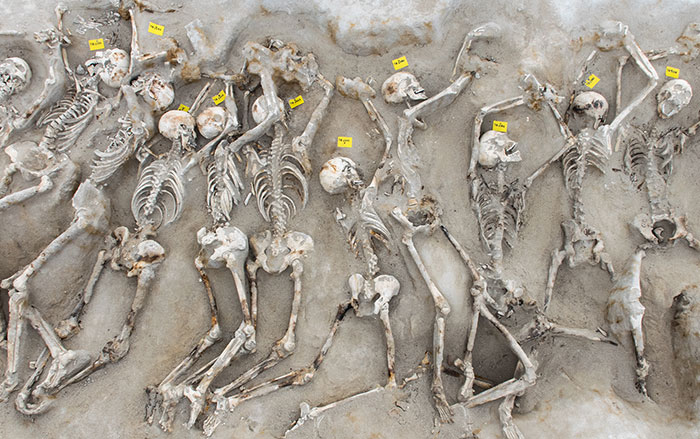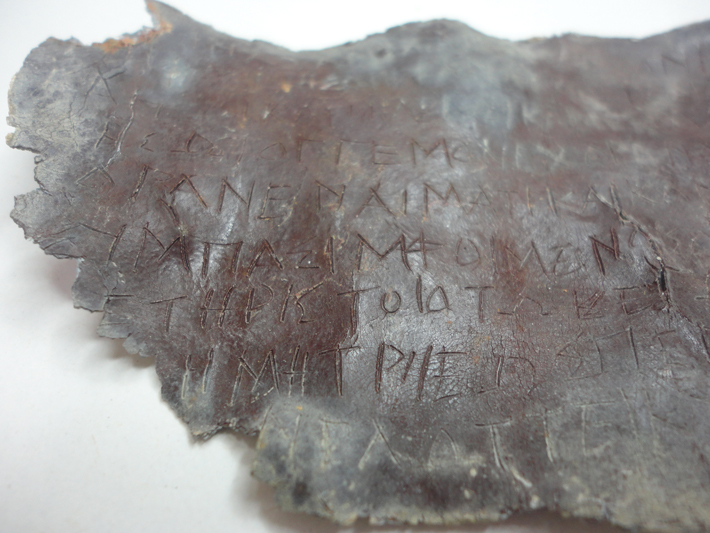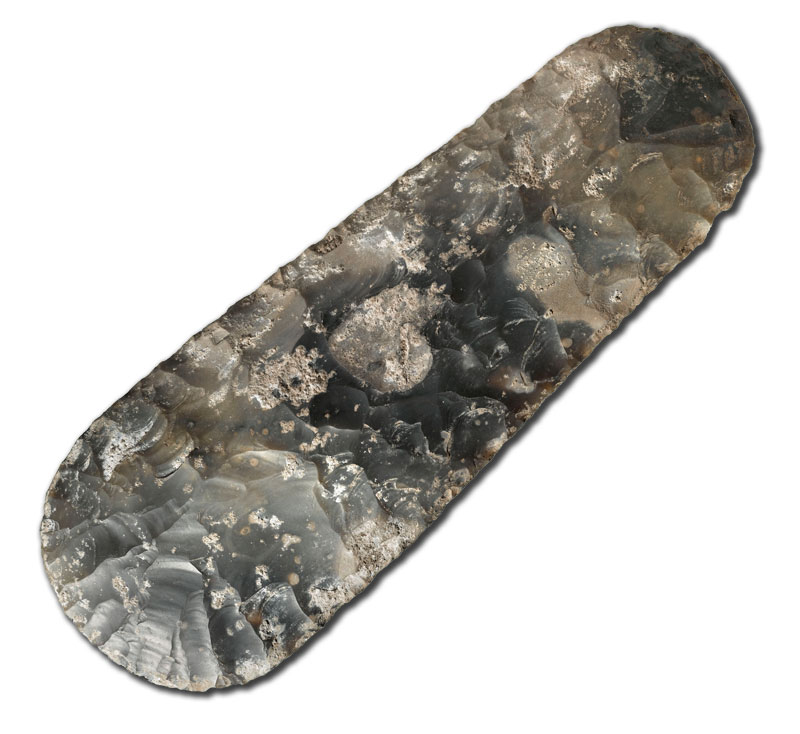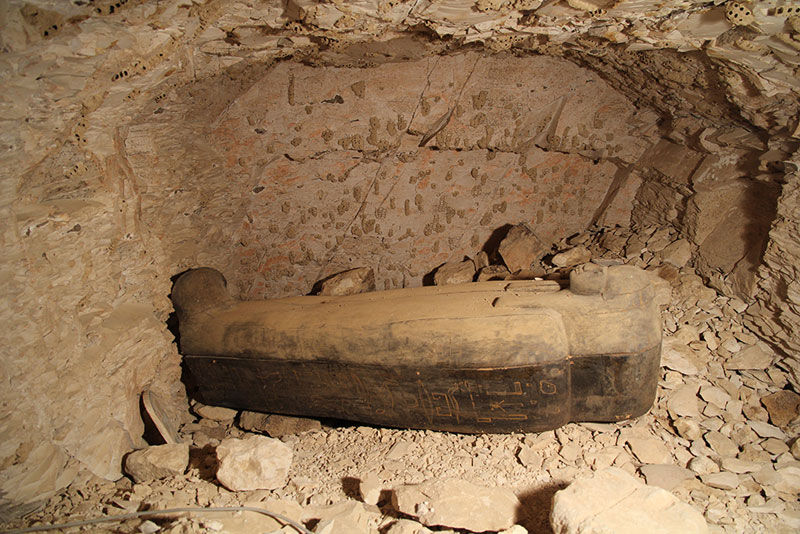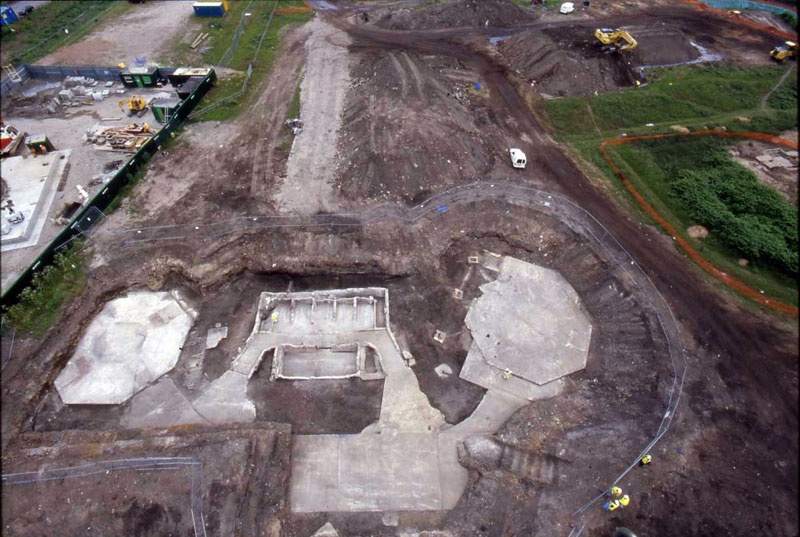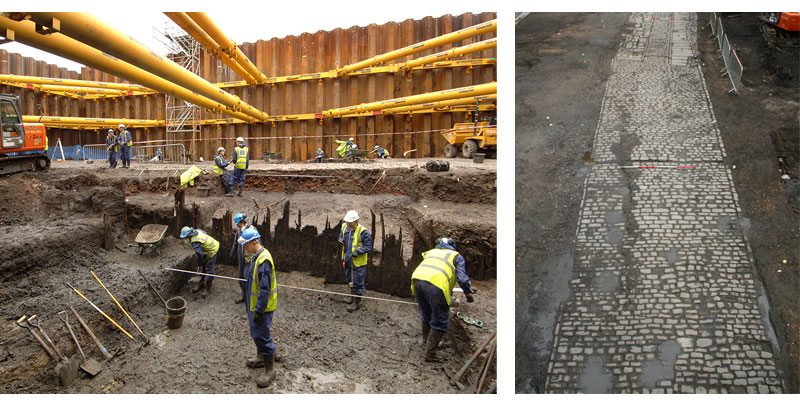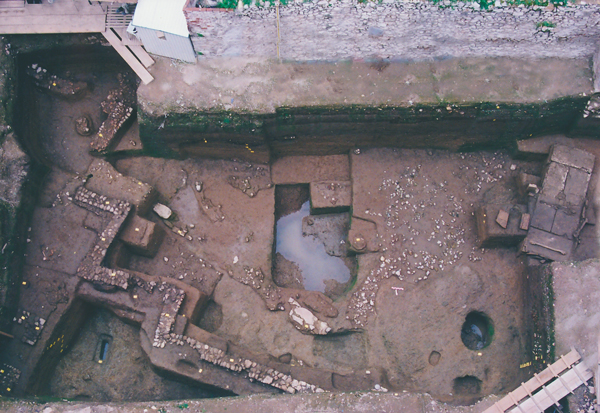
Next to the Acropolis' south slope, archaeologists have discovered possible evidence of one of ancient Athens' murder courts. During several years of excavation, archaeologist Xristos Kontoxristos uncovered artifacts dating from the prehistoric through late Roman periods. He was particularly intrigued by a ped- estal formed of sculpted lions' legs, upon which sat two marble slabs forming a very large table or podium that he dated to the late Classical or early Hellenistic period (about 400–300 B.C.). Near the podium, Kontoxristos found a piece of copper of the type that citizens may have used to record legal verdicts.
Kontoxristos suggests that the podium may be part of a complex that includes a very large building foundation and portico dating to the same period—first identified in the 1960s as the Palladium. According to second-century A.D. geographer Pausanias, the Palladium was the court in which cases of involuntary homicide and killing of noncitizens were tried. Kontoxristos stresses that the identification of pedestal and building is not definitive, but he hopes to uncover additional evidence.


